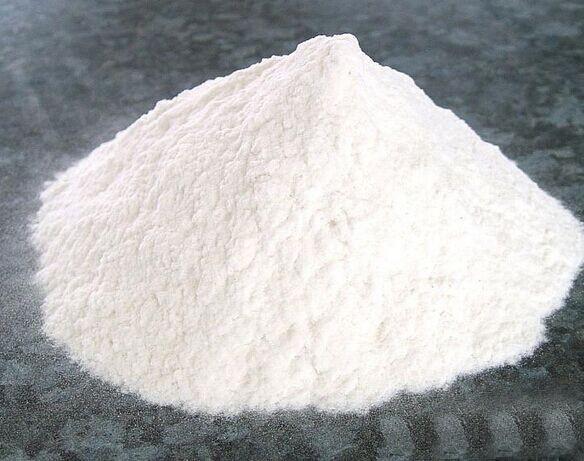The weight of red pheasant pheasants is generally about 750 grams, and hens are mature at the age of one. The pheasant began to lay eggs every spring in early April and stopped production in July. Generally, each red golden pheasant produces about 20 eggs each year. After artificial breeding and multi-generation breeding, the maximum yield is 43 eggs. Male to female ratio 1:2 to 4. In general, males have a sexual maturity one month earlier than females and squeal with each other when they form a pairing event. The estrus rooster keeps following the hens and even jumps to make strange performances. There is obvious mateability. Golden pheasant has the ability to nest and spawn independently and nest to brood. When artificially bred, the eggs produced during the day are pulled out to reduce the behavior of the hens to see the eggs, that is, the broods. The golden pheasant seedlings can be incubated by female pheasants themselves or hatched by strong brooded domestic chickens. Generally, the broilers are selected for strong, healthy, brooding, and docile chickens. However, artificially raised golden pheasants should be artificially hatched in order to increase the egg production of the golden pheasants. In the hatching period of 22 days, early or late hatching will affect the quality of young chicks. Therefore, it is necessary to control hatching conditions such as temperature and humidity, strict hygiene and operation management. The incubation temperature of golden pheasant should be controlled at 38 ~ 38.5 °C, humidity is 65% ~ 75%, 24 days out of shell. The average weight of hatched pheasant chicks is 20 grams. The temperature of young seedlings at 1 to 3 days of age should be maintained at 38°C, 35°C at 4 to 7 days, 33°C at 8 to 12 days, and then lowered by 1°C per day until 20 to 25 days. Insulation shed heat sources can use infrared lamps, electric heating pipes, to ensure uniform and stable temperature within the shed. The light intensity should be appropriate, and too strong it is prone to flaws. Feeding of Jinji chicks should be done by drinking water first and then eating. The brooding room should be clean and dry with dry wood chips. The troughs and trough troughs should be low, and the troughs should be narrow and safe and hygienic. The drinking fountain was flipped from a wide-mouthed can bottle, gradually transitioning to a small bell-type drinking machine, and cleaning and disinfecting the tableware daily. The chicks within 3 weeks of age are supplied with cold boiled water to kill bacteria and microbial pathogens in the water. Chicks within 3 days of age were given 5% glucose and penicillin (2,000 IU each) in drinking water. Young seedlings can use whole protein seedlings with a protein content of 22% to 24%, supplemented with vitamin A and vitamin C, and the feeds are allowed to freely feed. Such as lack of feed protein is easy to cause foot deformity, such as the right amount of feed Tenebrio is conducive to its growth. In the 7-10 days of age can be broken once, into the breeding period and then make a supplement. Broiler chicks should not be overstocked, and some of them should be suitable for weight development and feather growth. Generally, 50-70 animals per square meter are appropriate, and the brooding room should be gradually enlarged as the age increases to reduce the density.
Titanium dioxide, also known as titanium(IV) oxide or titania, is the naturally occurring oxide of titanium, chemical formula TiO2. When used as a pigment, it is called titanium white, Pigment White 6 (PW6), or CI 77891. Generally it is sourced from ilmenite, rutile and anatase. It has a wide range of applications, from paint to sunscreen to food coloring. When used as a food coloring, it has E number E171. World production in 2014 exceeded 9 million metric tons.
Titanium Dioxide,Rutile Titanium Dioxide,Anatase Titanium Dioxide,Pure Titanium Dioxide Shandong Tiancheng Chemical Co., Ltd. , https://www.akdchemical.nl
Breeding and breeding of golden pheasant
Prev Article
Grape safety wintering method